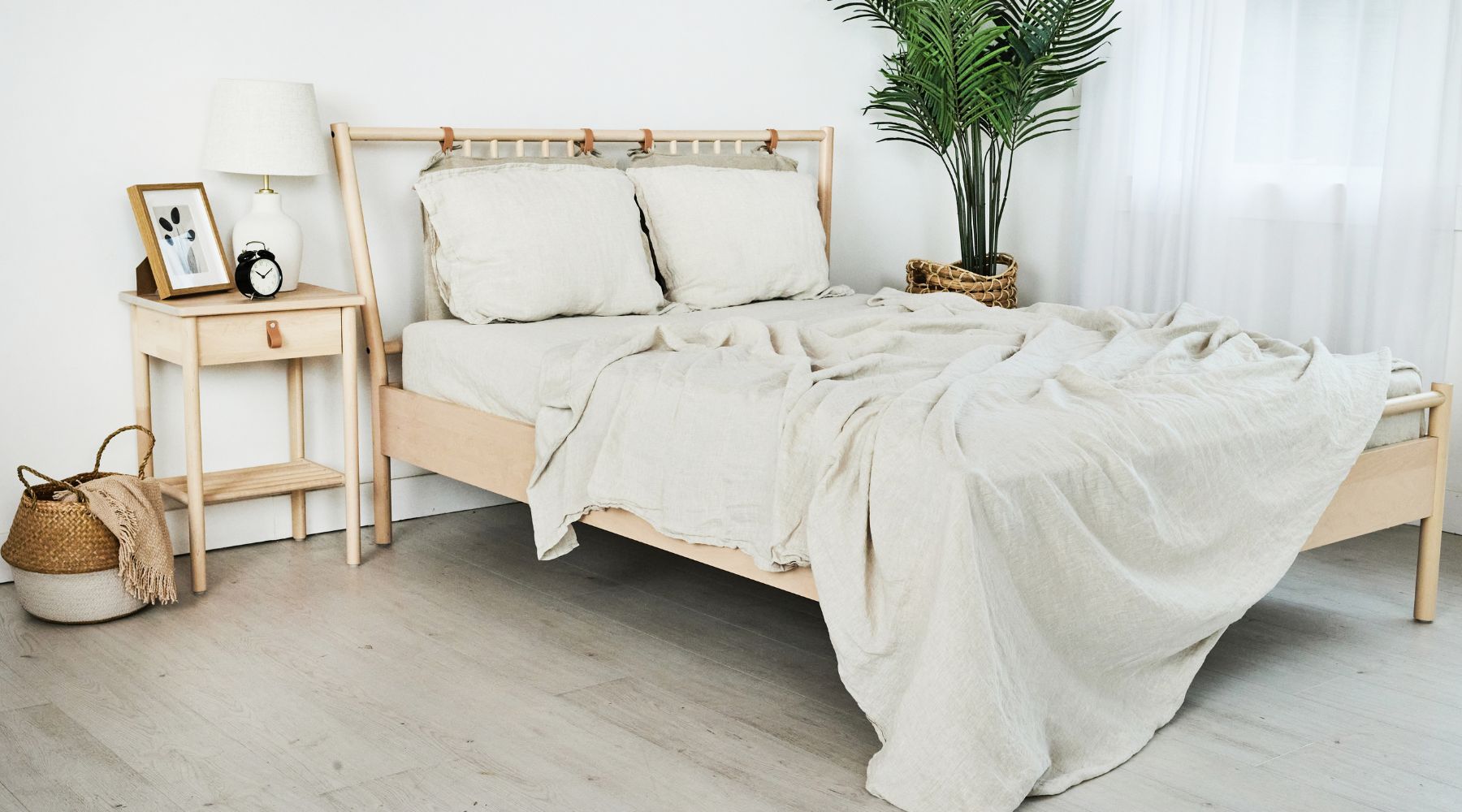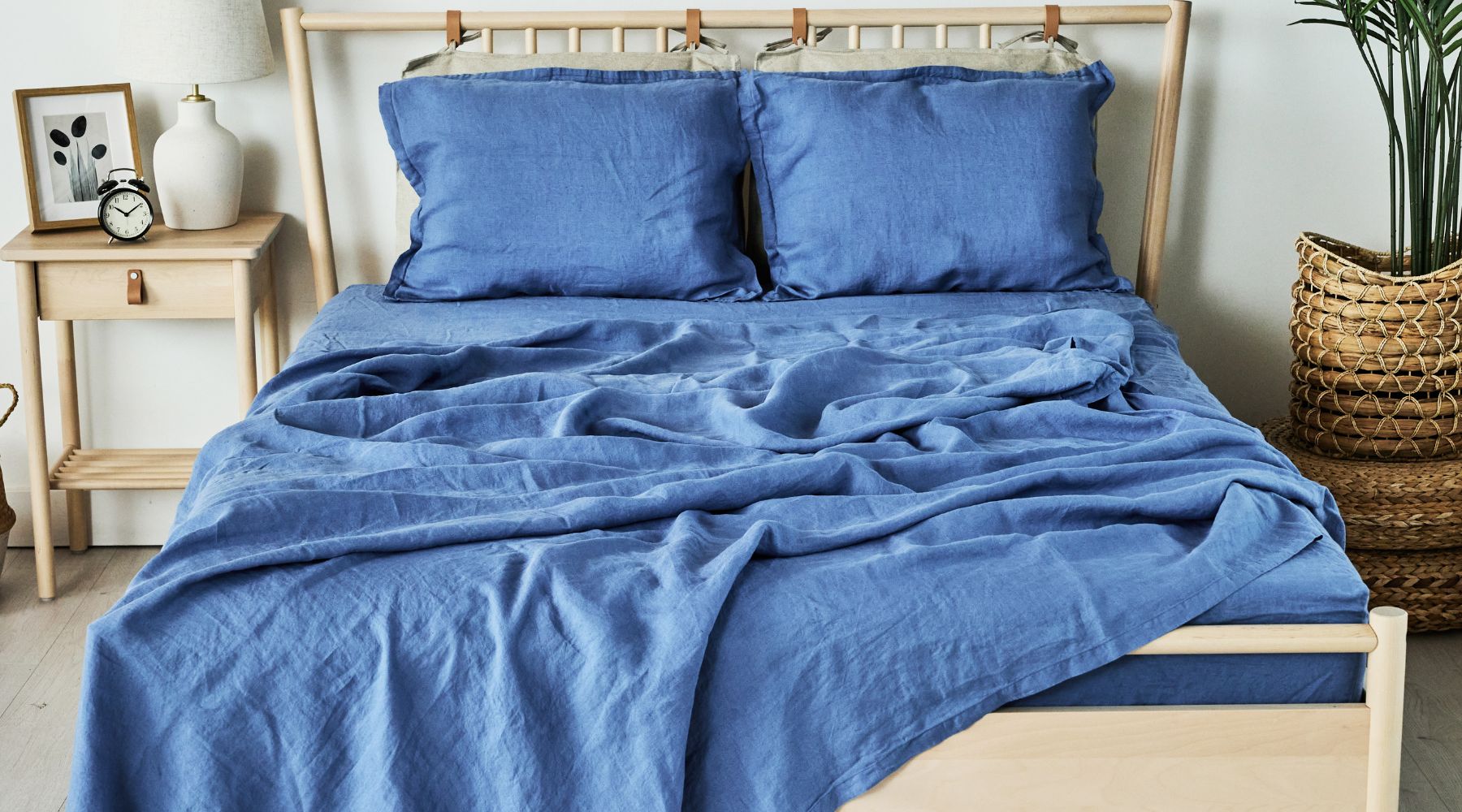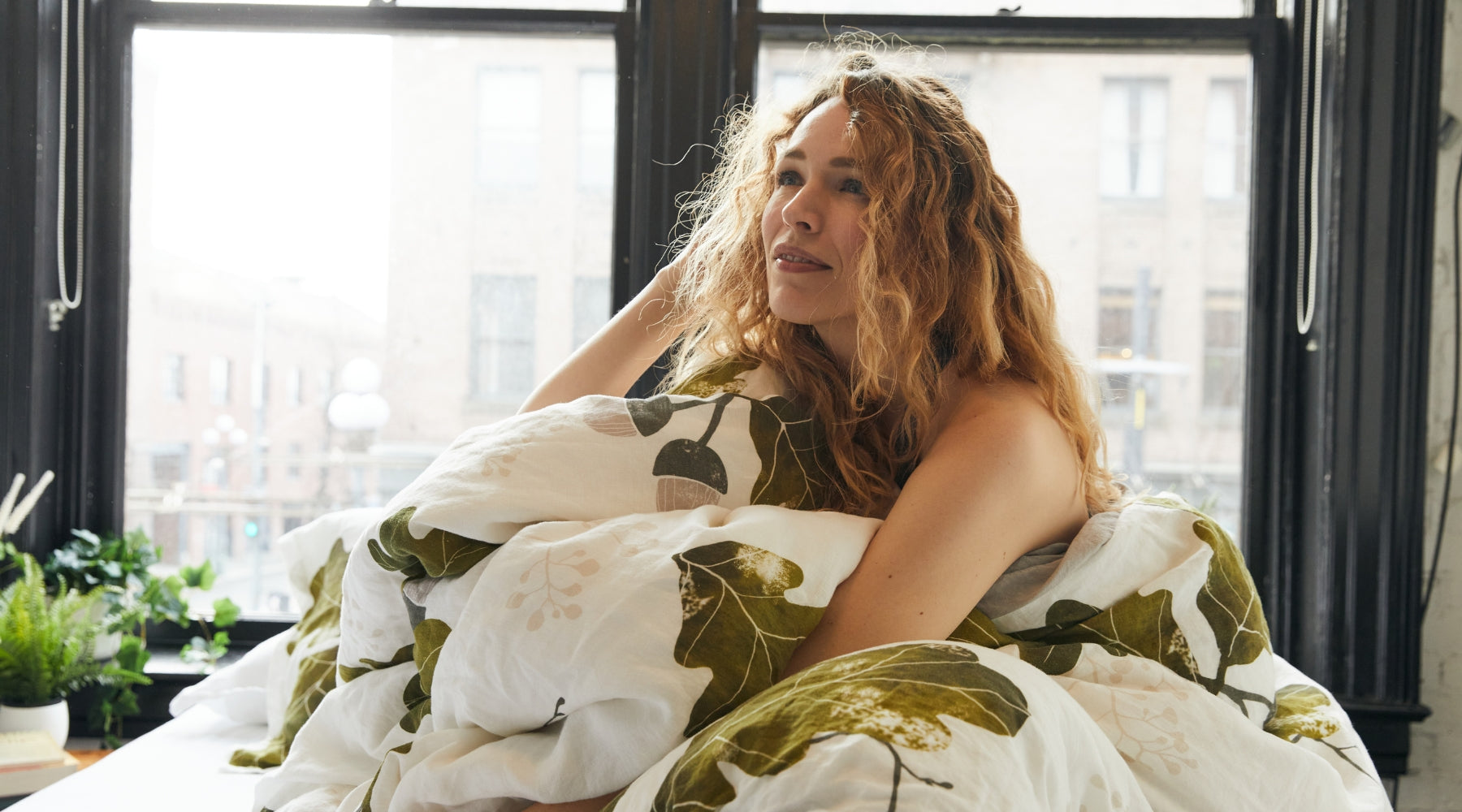
How Does Scandinavian Design Use Natural Materials?
Discover how Scandinavian design seamlessly incorporates natural materials like beech, pine, wool, and linen to create warm, functional, and sustainable spaces.
Bringing the Outside In
Nature is a huge part of Scandinavian life. Europe's first national parks were established in Sweden, a country that, to this day, remains 97% uninhabited. In Norway, the concept of friluftsliv-a portmanteau of the words for "free," "air," and "life"-is central to the culture, with Norwegians getting out as often as they can for outdoor activities like hiking, fishing, and cross-country skiing. In Denmark, closeness to nature was named by author Meik Wiking as one of the four key "drivers" of hygge, the quintessentially Danish quality of coziness and conviviality.
It follows, therefore, that Scandinavians would take every opportunity to bring the outdoors in, by incorporating nature into their interior design. We've previously covered how Scandinavians bring plants (or plant prints) indoors-but this consideration extends to the use of natural materials. Woods in their natural color-without paint, stain, or gloss varnish-are easy on the eye, just like a forest. You'll most often find light woods like beech, pine, and ash, as they're common to this region. They're used for furniture and flooring but also for accessories like kitchen utensils, candelabras, and children's toys.

Scandinavian Furniture Innovations
With such an abundance of wood, Scandinavian artisans freely experimented with it. In fact, some say that it was the Vikings who invented the concept of steam-bending wood to fashion the hulls of their ships. Whether that's true or not, what's certain is that it was a German Austrian, Michael Thonet, who invented and patented bentwood furniture in 1855.
Though Thonet created the concept of bentwood furniture, it was arguably the Scandinavians who brought it into the modern age. Many of the most iconic Danish creations-Arne Jacobsen's Ant Chair, and Hans Wegner's Round Chair and Wishbone Chair-are functional, minimalist takes on Thonet's invention that have stood the test of time. Finnish designer Alvar Aalto-technically not Scandinavian but following the same principles-revolutionized furniture production by developing (with furniture manufacturer Otto Korhonen) an "L-leg" made from layers of steam-bent birch wood. These legs were the foundation for his stackable Stool 60, once of the most recognizable Nordic designs in history.
It's worth mentioning another 20th-century Nordic icon: the Safari Chair. Danish designer Kaare Klint debuted his low-slung, wood-and-leather design in 1933, inspired by the chairs used on safari by British and American holidaymakers. His version was adapted for the indoors and has inspired countless imitations in the decades since.

Functional Fabrics
Leather, of course, is just one of the many natural textiles used in Scandinavian design. Fabrics such as wool and linen have a lightness and warmth that blend well with natural woods and support the Scandinavian ethos of simplicity.
They're also functional, being both durable and insulating. Indeed, that is how wool, linen and animal skins entered Scandinavian culture-as warm, tough Viking clothing. According to the American Viking research organization Hurstwic, Viking men's clothing comprised a wool kyrtill (overtunic), a linen undertunic, linen underpants, wool leg wraps (in place of socks), a shaggy wool overcoat and simple leather shoes. Some wealthy Vikings would then embellish their clothing with imported silk trim.
In today's Scandinavian homes, these natural fabrics are used for everything from upholstery to curtains, cushions, and bedding. They are often in their raw, undyed state, though you'll occasionally see warm neutral colors, earthen colors like green and brown, or simple patterns. Generally, texture is more important than pattern in Scandinavian design: how fabrics feel against the skin is a huge factor in how hygge they are.
The Modern Dane's European duvet covers follow the Scandinavian principles espoused by our Danish founder. They're made from organic European linen, just as the Vikings would have worn against their skin to keep them comfortable and warm. As well as having a luxurious, touchable texture, they also come undyed, in rich solid colors, or with nature prints inspired by our Danish homeland. Our collection also includes organic linen sheets and pillowcases, allowing you to wrap yourself in sustainable organic linen from head to toe every night.

Why Natural Materials Are (Usually) More Sustainable
Sustainability is at the heart of Scandinavian design, and the use of natural materials helps to achieve that aim-in part, due to their timelessness. Unlike man-made materials such as PVC, foam, and polyester, natural materials have been around forever. No one's ever walked into a forest and thought it looked dated, and it's the same with natural materials-as long as they haven't been painted or otherwise meddled with. Trends come and go but natural materials remain beautiful.
Natural materials also tend to be durable, so they won't need to be replaced often. They wear well—high-quality leather upholstery, in particular, develops a beautiful patina over time that you just won't get from polycotton. Our linen duvet covers will last for years if properly looked after; they get softer over time, as each wash dissolves more of the naturally occurring pectin that gives linen its characteristic creases.
Of course, just because a material is natural doesn't mean that it's been made sustainably. Cotton is a natural material, having first been cultivated in the naturally damp Nile Basin region in around 5,000 BC. Since then, the explosion in demand for cotton means that it is now mostly grown in regions that are too dry; the necessary artificial irrigation and pesticide use harms local wildlife and communities.
European linen, by contrast, is grown organically in the "flax belt" of France, Belgium, and the Netherlands, in which it naturally thrives. It requires no chemical pesticides, and the rain and dew alone are sufficient irrigation. All farmers in this region must sign the European Flax Charter, committing to zero GMOs, zero waste, and working practices in compliance with the International Labour Organization (ILO). Our Scandinavian-style bedding uses 100% organic linen made from certified European flax-the perfect finishing touch to an all-natural Scandi space. Check it out (including our new Scandinavian-style sheet sets!) in our online store.
How do you use natural materials in your space? Would you consider making the switch to organic linen bedding? Let us know on Instagram, Pinterest, Facebook or Twitter!






Leave a comment
This site is protected by hCaptcha and the hCaptcha Privacy Policy and Terms of Service apply.